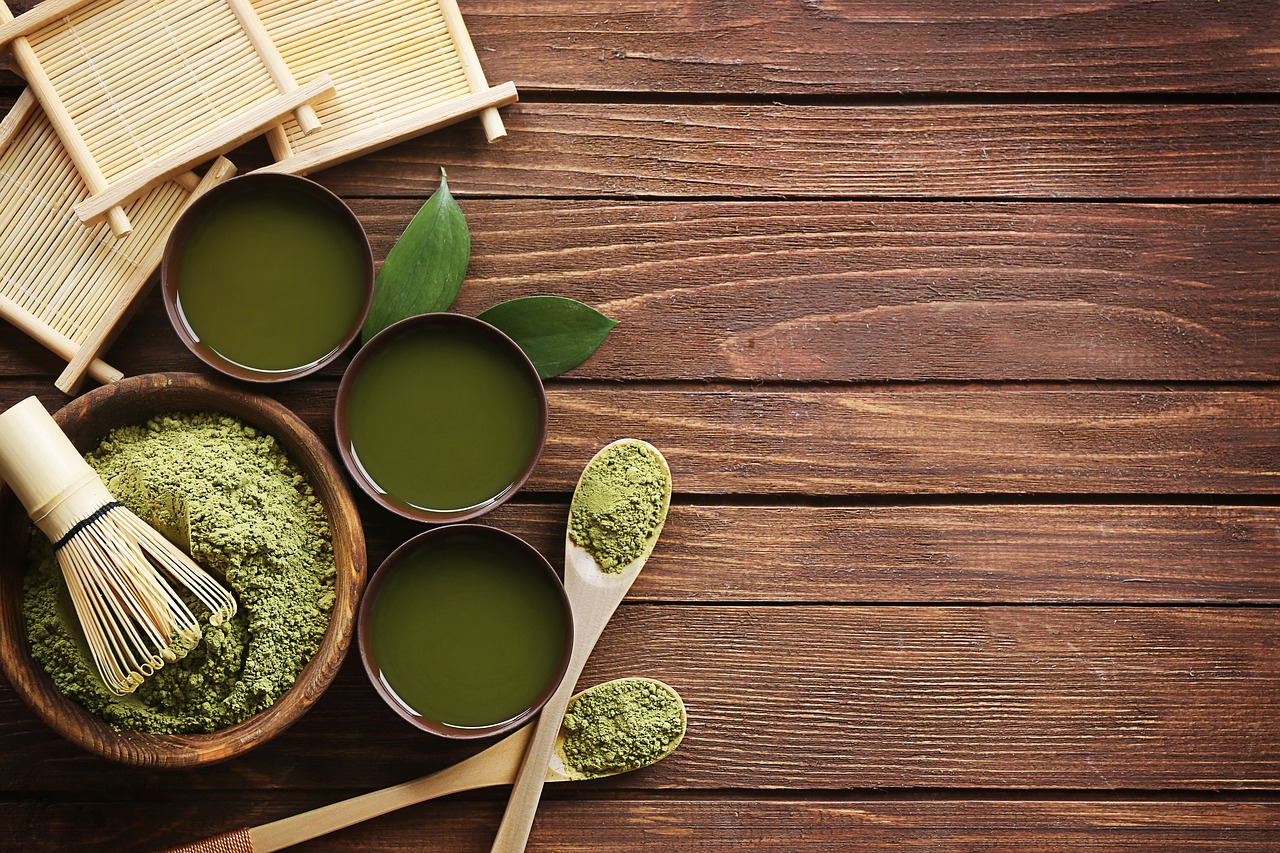
Matcha is distinctive powdered green tea made by fine grinding tea leaves using a stone or ball mill. It is quite popular due to its rich sweet flavor and vibrant green color, which makes it stand out among other types and liked by everyone. Matcha is pricier than other green teas due to the extra labor it requires in cultivation and processing, but it makes the high price worthwhile.

Process of harvesting Matcha was discovered by some farmers who started to shade the tea plants to prevent frosting on leaves. When they harvested later, leaves were much greener, and brewed tea had distinct qualities and benefits. Nowadays, Matcha tea plants are grown just like other green tea plants, but 3-4 weeks prior harvesting, it is covered to shade them from sunlight and let the chlorophyll content grow more in leaves.
Right after picking the young and most delicate leaves only, these are sent to be steamed to stop oxidation in leaves. These are then dried and rolled like usual processing of green tea leaves, and this form of tea leaves is known as Tencha. For Matcha, the last step is added to processing, which is grinding the tea leaves using stone or ball mill.
Due to being grown in the shade, Matcha has more caffeine and L-Theanine compared to unshaded teas. These nutrients have a relaxing effect on your nerves and give you energy all day.
Finely ground powdered green tea is drunk all around the world and used as an ingredient in recipes of every kind of eateries. When you go buy Matcha in the market, you will hear terminology such as grades of Matcha. It is referred to as different kinds of Matcha but with no set rules as it is considered a marketing tactic by the US market to categorize it for different purposes. There are two primary grades of Matcha, Ceremonial and Culinary.
Ceremonial Matcha is for the drinking purpose only and prepared with the traditional method. As the name suggests, this kind of Matcha has been a part of Japanese ceremonies for ages and only made with the finest and youngest tea leaves.
It has a sweet umami flavor, smooth texture, and vibrant green color. Culinary Matcha, as you can judge by the name, is used in baking and cooking. It has a rich flavor, a bit more bitter than the previous one, because it is supposed to be mixed with other ingredients and make a mildly sweet and savory dish.
BREWING
To make a Matcha tea, you need a traditional bamboo whisk, a bowl, hot water, and any kind of Matcha. Add tea powder and boiling water in the bowl. Whisk the mixture in a circular motion until foamy and creamy, and you see bubbles formed on top. Pour it into a cup and enjoy sweet, smooth, umami, and bright green Matcha just like this or add variations according to taste.
You will love the intensity and refreshing aroma if you already love green teas, and if not, you can add it into milk, or make a latte or add into other cold beverages. Matcha is widely used in foods as an active ingredient to add flavors and due to health benefits. Moreover, it is a healthy caffeine drink that you can drink in the morning to get energy without any jitteriness and is beneficial for health due to antioxidants.
BENEFITS
Green tea has several health benefits and has been used as a stress relief and fat loss beverage for years. Recently many people have been drinking to prevent the risk of many diseases such as cancer, skin infections, and cardiovascular diseases.
Nutrients in green tea work as anti-aging agents and prevent the cells from damaging and developing early memory-related disorders. Because catechins and antioxidants are present in the tea, your body stays clear from oxidants and harmful substances as these compounds detoxify your body and keep you healthy.
The presence of amino acid, caffeine, and L-theanine in tea helps you stay calm and also alert all day without the feeling of shakiness or anxiousness. This powerful combination is found in other types, too, which boosts your mood and improves cognitive ability and memory. In Matcha, you drink tea with whole leaves, unlike other green teas; therefore, you get the full and more powerful benefits and energy punch.
Process of Matcha after harvesting
The method of making powdered tea first originated during the Song Dynasty (960-1279), where farmers make powdered tea from steamed-prepared dried tea leaves. It became the preferred method to preserve the freshness and color of tea leaves. Tea leaves after plucking get steamed and dried and later ground into a fine powder, also known as tea mud. These are then compressed into molds and left in the sun to dry and harden.
Such a processing method makes things easier for tea sellers as storing and transporting it becomes much convenient. During this time, the process of whipping the tea mud in a bowl with hot water became widely popular. The processing and preparation of Matcha are not much different in modern days. With new technology, manufacturers have brought innovation and convenience to production.
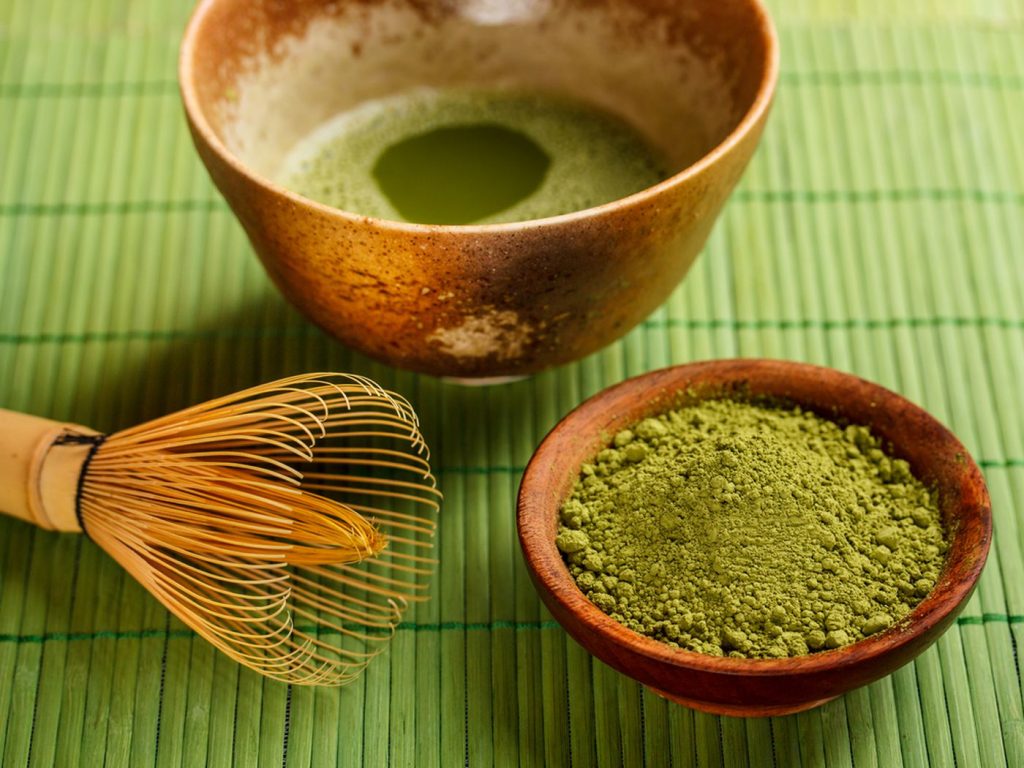
Nowadays, when matcha tea leaves are harvested, only the small, youngest, and greenest leaves are plucked. The freshly picked tea buds are taken to the factory for processing. Leaves are immediately steamed to prevent oxidation and are dried afterward. Drying takes place in a vertical tunnel by the air-drying method.
In Matcha, only leaves are used for later processing. Therefore, the electrostatic process is used to destem and devein the leaves. As stems and veins are bit heavier than leaves, it is made easier to be separated. The product you get after this process is known as Tencha, which only consists of leaves.
Tencha is processed into smaller pieces, which is useful for next stage grinding. It is the most important stage and which makes all the difference. The Tencha leaves are ground with a stone grinder in a controlled temperature and humidity place. The stone grinding is known as Ishiusu and is hand-carved for specialty matcha grinding.
The grinding process is slow and goes on gradually and continuously. For producing 30 grams of Matcha, it takes nearly an hour. The final product you see is the fine powder with bright green color used to make green tea and also as a flavor in traditional Japanese confections and various savory dishes.
Matcha may look like just one kind for new buyers, but it has different grades specified by manufacturers and each for a specific purpose. Such terminology for Matcha is a general guideline for selling purposes.
These grades are differentiated in terms of color, texture, production, brand quality, exposure to oxygen, grinding process, processing, and added ingredients. Not all grades of Matcha are suitable for making tea. Therefore, it has divided into three main grades, which you will see in detail. There are two main grades, ceremonial and culinary, which have further categories.
Ceremonial grade Matcha is used for drinking purposes only. It is the high-grade Matcha tea and has been used for centuries in Japanese green tea ceremonies and thus the name ceremonial Matcha. It is produced from the youngest and small leaves and is ground using stone in the final processing to make a fine powder.
This Matcha has a vibrant green color, smooth texture, and sweet umami flavor, perfect for tea. It has consistency and is recommended to drink plain and make with traditional methods.
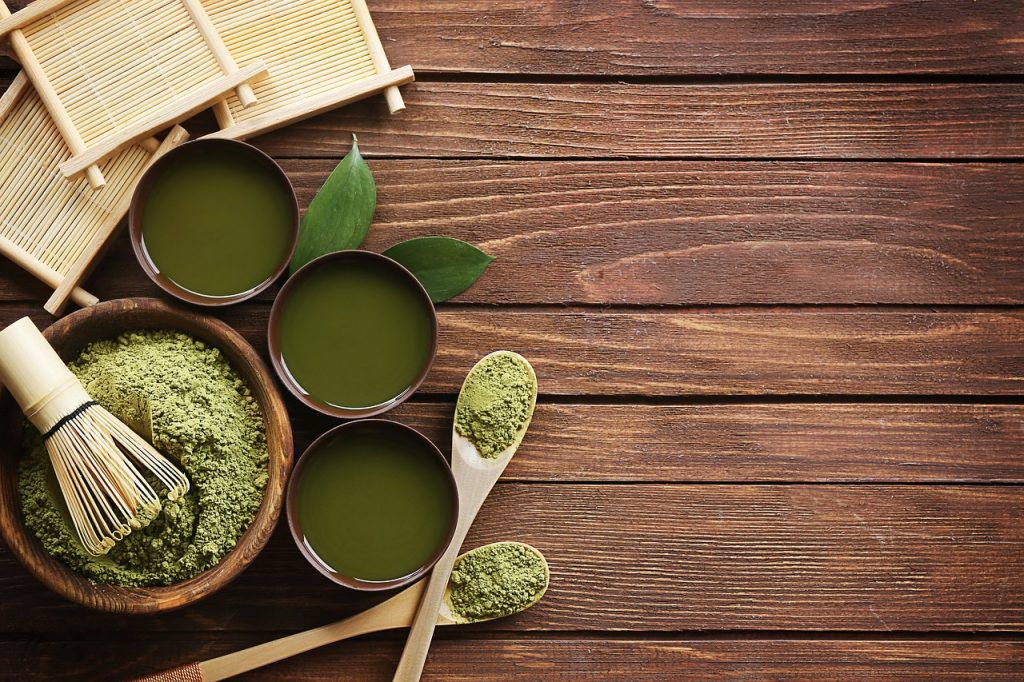
Culinary grade Matcha is especially for eateries and is not a low-grade Matcha. It is a bit different compared to Ceremonial grade due to the usage. As you can see by the name, it is used for baking and cooking. You can drink this too, but it has much bitter and strong taste because it’s supposed to be mixed up with other ingredients to make a flavor.
Culinary Matcha has mild astringent, which allows it to mix smoothly with milk-based drinks and foods. It has a fairly bright color and a higher level of antioxidant than ceremonial Matcha.
There are further five subcategories of culinary Matcha, which are below. These are commonly used terminology, but each vendor may name them differently or associated with name determined by the brand.
Premium: It is for everyday use, which works best with drinks of different flavors.
Cafe: This one has a strong flavor and perfect for baking or maybe cooking.
Ingredient: It is mixed with older tea leaves and has a stronger flavor and consistency. As the name suggests, it is used as an ingredient in recipes and dairy products.
Kitchen: It is much darker and bitter. Moreover, it is not fine or made with delicate leaves and used for large scale tea brewing or recipes.
Classic: It is the commonly available kind and has a strong flavor, which is ideal for use in any beverage or food.
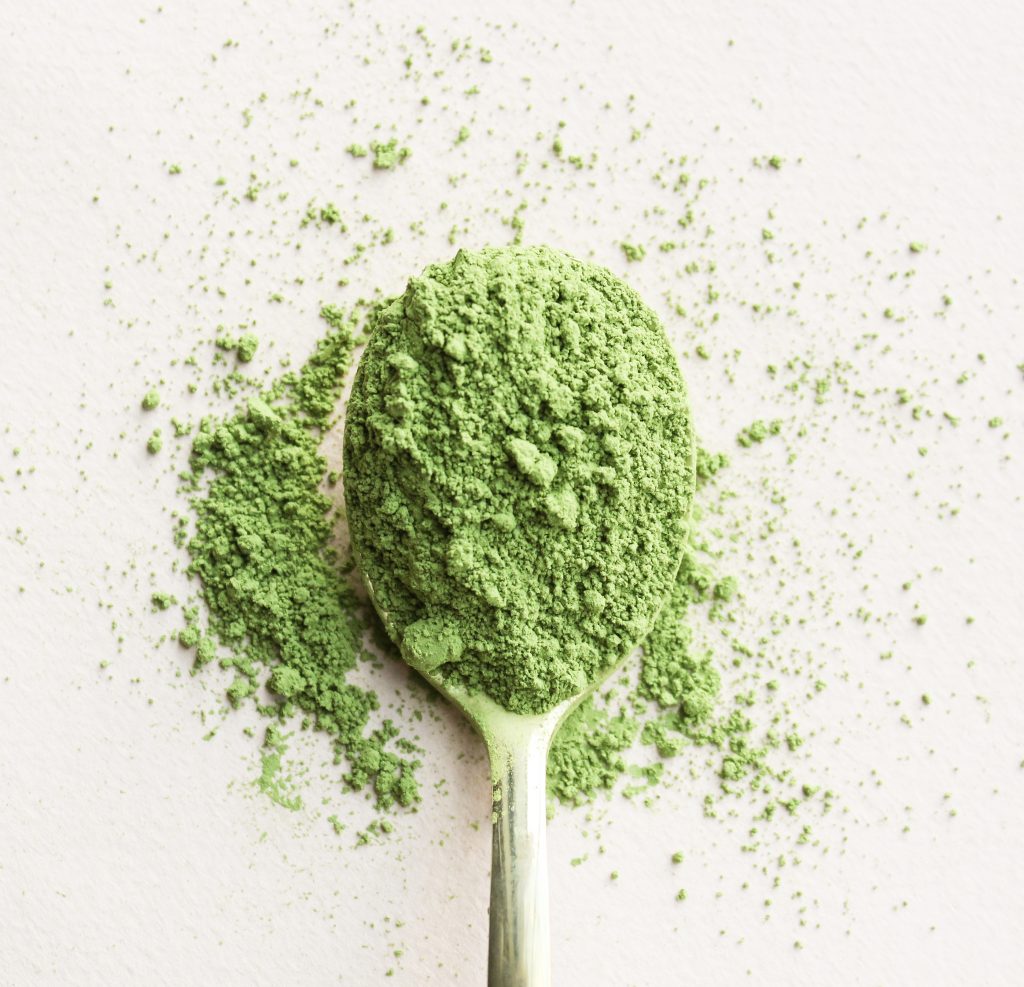
Matcha is a high quality powdered form Japanese green tea type with bright green color and rich umami flavor. It stands out compared to other green tea types due to being grown in the shade for the longest and has bright color, rich aroma and smooth taste. The main advantage you get from drinking Matcha is that you consume whole tea leaves and get instant and nutrient-filled shot.
Matcha is grown in the shade for a few weeks, and during harvest, only young and finest leaves are plucked. It is instantly sent to the factory for steaming to stop oxidation in leaves. Tea leaves are steamed for a specific time, dried and rolled, and at this point, it is known as Tencha. Lastly, leaves are put into a stone grinder where they are grounded until fine powder form.
The main difference between Matcha and other green tea types is that it is made into powder form and others are used as loose leaf form. Moreover, it has a much brighter green color and rich umami flavor compared to other types.
Sencha is an ordinary green tea grown in full sunlight and used as a loose-leaf when brewing. Whereas, Matcha is shade-grown and grounded in fine powder in later processing.
For Matcha, fines and youngest leaves are chosen and grounded into a fine powder. On the contrary, Konacha is made up of leftover small bits and pieces of Sencha or other green tea leaves.
When Matcha is brewed with more water consistency and less powder, it is known as usucha. It is prepared by vigorously whisking the mixture and creating a foam on top. On the contrary, when the powder consistency is greater than water and prepared with gentle whisking while slowly pouring water, it is known as Koicha. In koicha, three times more powder is used to prepare tea.
Matcha is immensely beneficial for your health as it is the most concentrated source of antioxidants and amino acids which are greatly beneficial for your body. These antioxidants free your body from harmful radicals that are responsible for ageing, inflammatory issues, stress and tissue damage. Moreover, caffeine and L-theanine present in the tea, works together and gives you an energy boost for the day and reduces anxiety level.
Matcha is graded on the basis of their production quality, color, aroma, flavor and usage. It is mainly categorised into two grades, culinary and ceremonial.
Their names are pretty much self-explanatory. Culinary Matcha is more suitable for use in cooking or baking or other eateries. It has lower quality due to low production thus inexpensive, dull color and light flavor. On the contrary, ceremonial Matcha is used in tea ceremonies in Japan, has higher quality with jade green color, pleasant umami flavor and rich aroma.
Matcha is expensive compared to other Japanese green tea types due to extra care, intensive labour and other factors that went into harvesting and processing. Prices go high with each grade and quality of Matcha. Ceremonial Matcha is the most expensive, whereas culinary Matcha is cheaper.
Matcha has been harvested in Japan for centuries with a history dating back to the 1200s, mainly in the era of monks drinking tea as a medication.
Matcha is consumed hot or cold spending on the preference of the consumer. Traditionally, Matcha is consumed as a thoroughly mixed hot frothy beverage made in a bowl. The ratio of Matcha powder and water are varied to make thin or thick consistency when preparing a cup. Nowadays, many make it into a latte or add in cold beverages.

The taste and texture of Matcha are dependent on the quality of tea. With high-quality Matcha, you get a vegetal, grassy aroma, rich texture and sweet, nutty umami flavor. Excellent quality Matcha, when prepared properly, has the sweetest and irresistible taste.
Organic Matcha is not strictly better than non-organic or conventional Matcha. In non-organic ceremonial Matcha, tea has a more robust umami flavor, sweet taste and vibrant jade green color compared to organic variety. Pesticides are a must-use when growing Matcha in Japan because sweet leaves attract pests and make it harder for plants to survive. In Japan, companies have pesticide contamination checking to assure that Matcha is safe to consume. You should choose upon your personal preference.
Safety concerns while consuming Matcha should be, is the Matcha free of pesticide and lead contamination? As you know, it does not grow on a large scale without the usage of pesticide; therefore it is essential to know that the non-organic Matcha you are buying is free of any contamination with an absence of radiation.
For preparing Matcha, you only need a bowl and a traditional bamboo whisk. With these, you can easily make one for yourself at home.
You can prepare Matcha at your home with simple steps.
Nowadays, Match is enjoyed around the world in various forms. It is used as a flavor in dishes, pastries, chocolates, ice creams, beverages and candies. Some health supplements also have Matcha due to being rich in antioxidants, vitamins and minerals.
There could be two reasons why your Matcha taste bitter, either low quality or using boiling water to prepare. High-quality Matcha or with strong green tea flavour or ceremonial grade variety does not have bitterness.
It could be not whisking the Matcha correctly or vigorously like it is supposed to be. Or maybe Matcha powder is less compared to water volume. Nonetheless, whisking needs some practice, so do not be disappointed if it does not froth well in the first try.
No matter how much Matcha is grinded into a fine powder, it does not dissolve fully in the water. Sift Matcha powder to make it more delicate and get rid of big lumps and whisk properly with right temperature water. Despite all that, you will still see some Match left on the bottom, and it is because Matcha is made up of grounded leaves which are non-dissolvable.
Water temperature affects the taste of Matcha tea because if the water is too hot, it will scorch the powder and they will lose umami flavor. The optimal temperature for brewing Matcha should be 160-170°F.
The ideal serving amount of Matcha powder per cup should be ½ teaspoon or 1g. However, some enjoy more than ideal serving as it is their personal preference, but we recommend the ideal serving to make sure your body tolerates and enjoys.
Matcha has a lot less caffeine compared to coffee. In a single serving of Matcha tea, there is around 34mg of caffeine, whereas coffee has 90-200mgrams depending on the type of beans and brewing method.
Matcha is highly likely to go stale or spoiled if not stored properly for a specific time. It does go bad after a year due to being sensitive to humidity, light and temperature. You can still use stale Matcha in baking as a flavour but not for drinking.
Matcha needs to be stored properly because if not, it can go stale and lose its taste and aroma. Tea powder is sensitive to heat, humidity and light. Package after opening should only be consumed within 1-2 months because it gets exposed to oxygen in the air. Oxygen works as a catalyst and speeds up the process, no matter how much airtight the bag you use. Nonetheless, keep it in an airtight bag or container and in the refrigerator. Do not put it in a glass jar because it will let the light pass through and make it go stale. However, if you have to store it for a longer period, then keep it in the freezer. When using frozen Matcha, it should be thawed up to room temperature before opening the package.
L-theanine, an amino acid compound, is a major nutrient present in the Matcha that brings a positive effect to your mind. It supports the alpha brainwaves and is responsible for calm and relaxed nerves. Moreover, it increases serotonin, GABA and dopamine levels in your brain, reduces stress, improves cognitive performance and mood.
Matcha has been becoming a substitute beverage for coffee because Matcha also contains caffeine but in lesser amounts. Due to less amount, anyone can drink it and have an energy boost day without feeling any jitteriness or hyperactiveness. Caffeine in Matcha gives energy slowly but for a longer time compared to coffee.
Oxygen radical absorbance capacity (ORAC) is a method often used to measure antioxidant capabilities. As for the ORAC of Matcha, it has scored highest in the super-food category. Matcha has 1348 units in a gram or serving. It means Matcha has ten times more potent than any other green tea types.
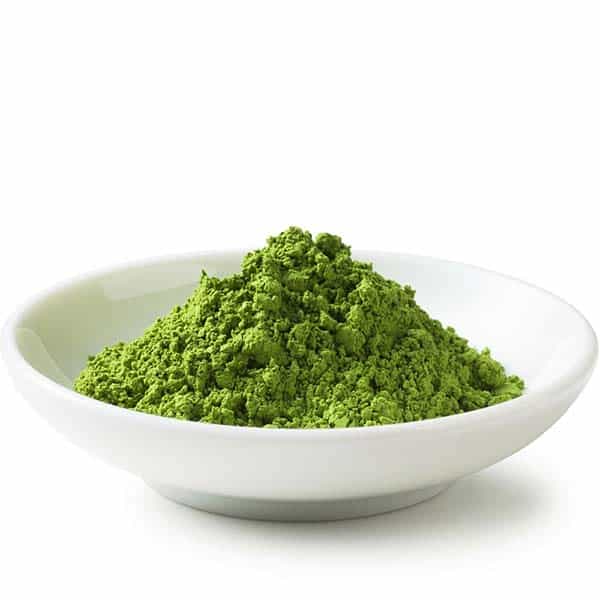
–
We believe in using the best quality ingredients to consistently serve our customers with a delicious range of drinks that have not only been created with utmost care, but also with the sharpest appearance.
You can also read about Matcha and Taro from our blog sections.
You can buy Boba/ tapioca pearls that can be ready in minutes from us here.
You can shop our Bubble Tea or Boba (in Bengaluru) from www.airmenus.in/bobatime.
You can also buy Boba Time products from Swiggy, Zomato, Amazon Food and MagicPin
For any bulk inquiries call on +91 9769001968 or email [email protected].